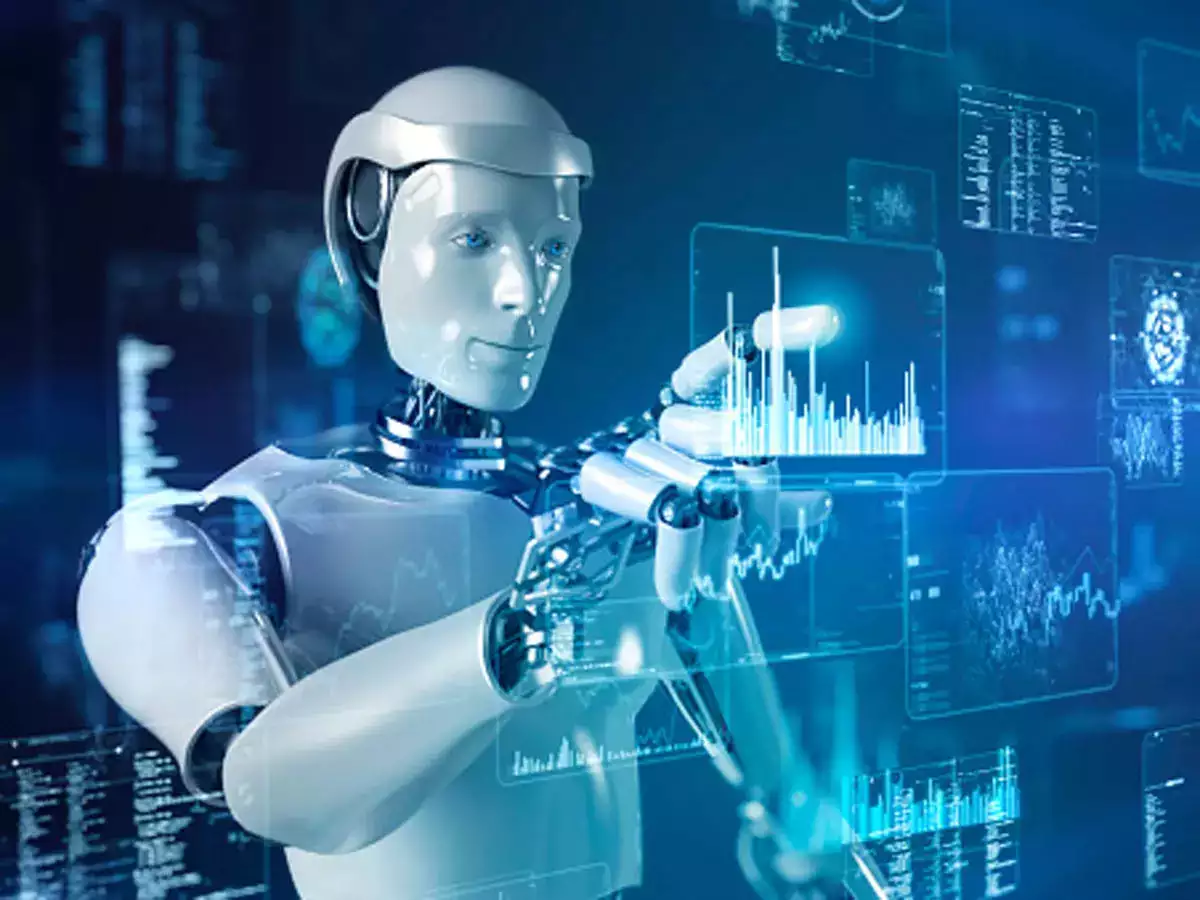Artificial intelligence (AI) is rapidly transforming numerous aspects of modern life, from healthcare and finance to education and criminal justice. While AI offers immense potential to improve efficiency, accuracy, and decision-making, it also presents significant ethical challenges, particularly concerning bias and discrimination. These biases, embedded within algorithms and data, can lead to unfair, discriminatory, and potentially harmful outcomes, disproportionately affecting marginalized groups and exacerbating existing societal inequalities. As AI systems become more pervasive, understanding and mitigating these risks is crucial to ensure fairness, equity, and social justice.
One of the primary sources of AI bias is the data used to train these systems. If the training data reflects existing societal biases, the AI model will inevitably perpetuate and even amplify them. For example, if a facial recognition system is trained primarily on images of lighter-skinned individuals, it may exhibit significantly lower accuracy rates when identifying people with darker skin tones. This can lead to discriminatory outcomes in various applications, such as law enforcement and security. Similarly, natural language processing (NLP) models trained on biased text data may associate certain jobs or characteristics with specific genders or ethnic groups, reinforcing harmful stereotypes. In 2025, a study revealed that ChatGPT exhibited many common human decision-making biases, calling into question how useful AI systems actually are.
AI bias can manifest in various forms, including:
- Selection Bias: Occurs when the training data is not representative of the real-world population, leading to skewed outcomes.
- Confirmation Bias: Arises when an AI system is overly reliant on pre-existing patterns in the data, reinforcing historical prejudices.
- Implicit Bias: AI systems internalize unconscious biases from their training data and generate prejudiced or stereotypical outputs.
- Out-Group Homogeneity Bias: Causes an AI system to generalize individuals from underrepresented groups, treating them as more similar than they actually are.
The consequences of AI bias can be far-reaching and profound, affecting various aspects of society and individuals' lives. In healthcare, biased diagnostic tools can result in incorrect diagnoses or suboptimal treatment plans for certain groups, exacerbating health disparities. In employment, biased algorithms in hiring and promotion processes can perpetuate inequalities in the labor market, unfairly disadvantaging qualified candidates from marginalized communities. In the criminal justice system, biased risk assessment tools can lead to discriminatory sentencing and parole decisions, disproportionately affecting minority groups. Access to information can also be hindered, with biased algorithms restricting viewpoints or amplifying harmful stereotypes.
Addressing AI bias and discrimination requires a multi-faceted approach involving technical, ethical, and policy considerations. Some key strategies include:
- Diversifying Training Data: Ensuring that training datasets are representative of the real-world population and include balanced representation from various demographic groups.
- Implementing Bias Detection Techniques: Employing fairness audits, adversarial testing, and other methods to identify and mitigate biases in AI models.
- Developing Ethical Frameworks: Establishing clear ethical guidelines and standards for the development and deployment of AI systems, emphasizing fairness, transparency, and accountability.
- Promoting Transparency and Explainability: Making AI decision-making processes more transparent and understandable to users, allowing them to identify potential biases and challenge unfair outcomes.
- Establishing Regulatory Oversight: Implementing appropriate regulatory frameworks to ensure that AI systems are used responsibly and ethically, with safeguards in place to prevent discrimination and protect individual rights.
MIT researchers have explored how targeted data removal can reduce AI bias without compromising accuracy, offering a potential breakthrough in machine learning. The technique involves identifying and removing specific points in a training dataset that contribute most to a model's failures on minority subgroups. Tech companies had tried reducing AI's pervasive bias, but now there are efforts to end its "woke AI" efforts. As AI becomes more integrated into our daily lives, understanding and addressing these biases is crucial to prevent them from amplifying existing social divisions.
Ultimately, mitigating AI bias and discrimination is not just a technical challenge but a societal imperative. It requires a collective effort from researchers, developers, policymakers, and the public to ensure that AI systems are used in a way that promotes fairness, equity, and social justice for all. By proactively addressing these ethical challenges, we can harness the transformative potential of AI while safeguarding against its potential harms.

















